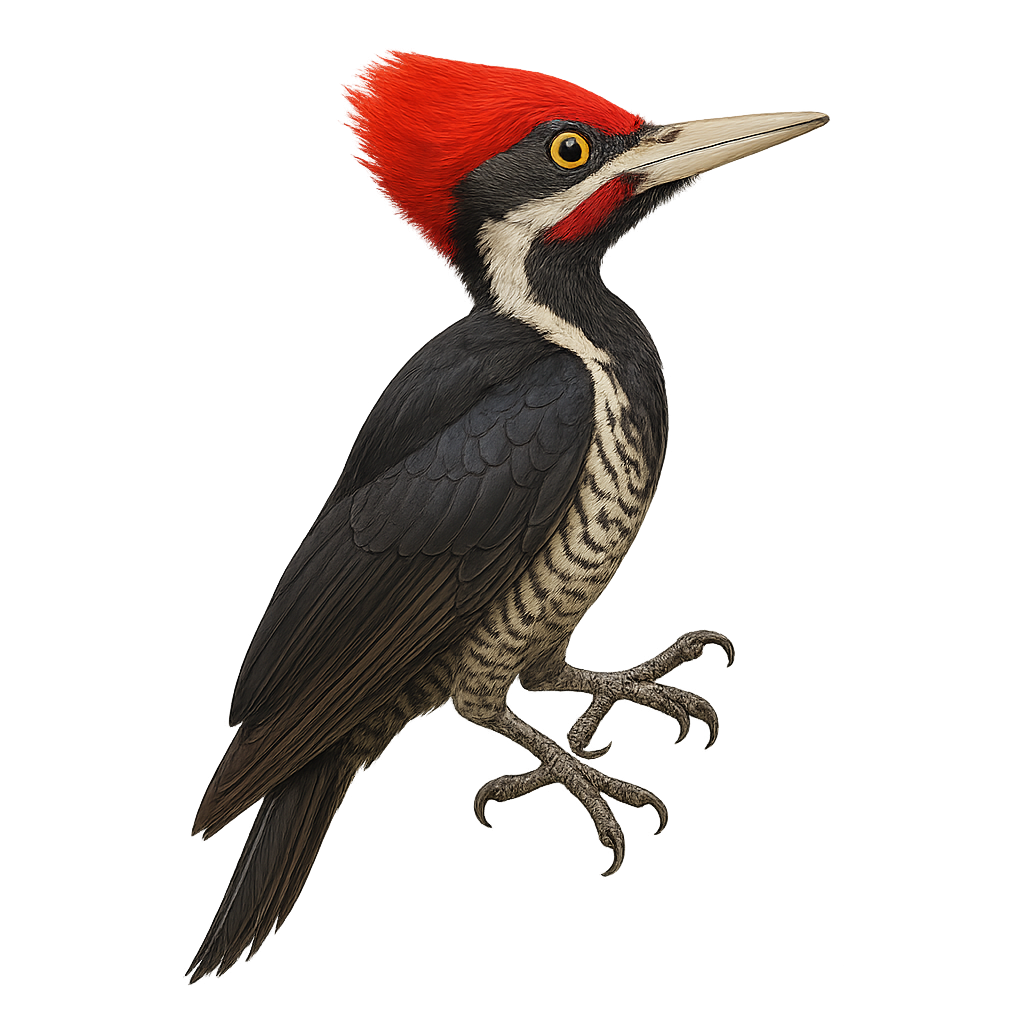Your wildlife photography guide.
Explore the lineated woodpecker in detail, study its behavior, prepare your shots.
Where to observe and photograph the lineated woodpecker in the wild
Learn where and when to spot the lineated woodpecker in the wild, how to identify the species based on distinctive features, and what natural environments it inhabits. The WildlifePhotographer app offers tailored photography tips that reflect the lineated woodpecker’s behavior, helping you capture better wildlife images. Explore the full species profile for key information including description, habitat, active periods, and approach techniques.
Lineated Woodpecker
Scientific name: Dryocopus lineatus

IUCN Status: Least Concern
Family: PICIDAE
Group: Birds
Sensitivity to human approach: Suspicious
Minimum approach distance: 10 m
Courtship display: March to April
Incubation: 13-15 jours
Hatchings: March to May
Habitat:
tropical forests, subtropical forests, mangroves
Activity period :
Primarily active during the day, with peak activity in the morning and late afternoon.
Identification and description:
The Lineated Woodpecker, Dryocopus lineatus, is a medium-sized bird known for its striking black and white plumage and the bright red crest on males. It primarily inhabits tropical and subtropical forests in Central and South America. This woodpecker is often seen drumming on tree trunks to feed on insects and larvae hidden beneath the bark. It plays a crucial role in the ecosystem by controlling pest insect populations. Although generally solitary, it can sometimes be seen in pairs, especially during the breeding season. Its call is a distinctive "klee-klee-klee" that echoes through the forest.
Recommended lens:
400 mm – adjust based on distance, desired framing (portrait or habitat), and approach conditions.
Photography tips:
To photograph the Lineated Woodpecker, it is advisable to use a telephoto lens of at least 400mm to capture precise details without disturbing the bird. Look for areas where trees are dense, as this bird prefers forest habitats. Be patient and wait for it to start drumming, an ideal moment to capture its natural behavior. Use a tripod to stabilize your camera and get sharp images. Try to shoot early in the morning or late in the afternoon when the light is soft and flattering.
The WildlifePhotographer App is coming soon!
Be the first to explore the best nature spots, track rutting seasons, log your observations, and observe more wildlife.
Already 1 439 wildlife lovers subscribed worldwide

